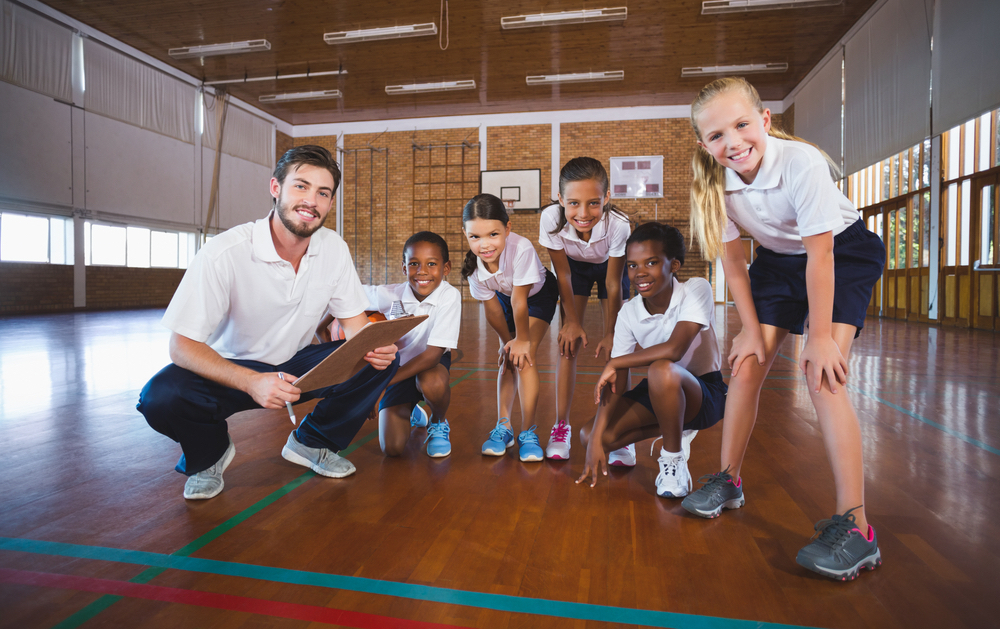
Consulting year in review: Celebrating a big year of impact and innovation
As we wrap up another huge year at Active Education Australia, we want to take a moment to recognise the incredible work achieved across our consulting projects.
 Researchers at Deakin University’s Institute for Physical Activity and Nutrition (IPAN) have recently further highlighted the impact of physical inactivity on children, and the link between the development of motor skills and subsequent physical activity. To help combat the rising obesity epidemic amongst young Australians, the ‘Healthier Start for Victorians’ consensus statement was released in July this year. The statement calls for more preventative action on childhood obesity, recommending specific policies to address the crisis.
Researchers at Deakin University’s Institute for Physical Activity and Nutrition (IPAN) have recently further highlighted the impact of physical inactivity on children, and the link between the development of motor skills and subsequent physical activity. To help combat the rising obesity epidemic amongst young Australians, the ‘Healthier Start for Victorians’ consensus statement was released in July this year. The statement calls for more preventative action on childhood obesity, recommending specific policies to address the crisis.
One of these recommendations is to support schools to increase students’ physical activity and physical literacy. As outlined in the statement, the role of the school and in particular, quality health and physical education (HPE), is highly important. Programs such as IPAN’s TransformUs! are doing vital work to help schools implement this.
As the leading member-based organisation working alongside teachers responsible for educating children and adolescents in the development of physical literacy, food and nutrition and lifelong physical activity participation, ACHPER Victoria backs the IPAN’s research intent as it closely aligns with our work to support teachers to help achieve a diverse range of improved personal, social, psychological, mental and physical outcomes for young people.
We advocate, alongside our stakeholders, including Sport Australia and the Victorian Department of Education and Training (DET), that all children are afforded high quality provision of HPE, delivered by specialist teachers in these areas. We are aware that many primary school teachers require additional support and professional learning on how to teach the fundamental movement skills and physical literacy referred to above. Over many years, thousands of Victorian HPE teachers have shared their HPE teaching challenges with us. We have turned this valuable information into a professional development program which addresses the key needs of the HPE teaching profession through the provision of professional learning opportunities such as conferences, in-school consultations, webinars, workshops (and more!). Our aim is to provide HPE teachers with information and teaching methodologies to help them teach at the top of their game, ensuring the activity is purposeful and leads to increased learning and healthy lifelong habits and attitudes to being physically active.
Whilst we agree that schools have a fundamental role to play in increasing physical activity and physical literacy (see Schools Physical Literacy Framework), we would argue that the responsibility should not just fall on schools. A slight shift in mindset should be adopted by communities as a whole to reinforce the long term benefits of physical activity from a young age. We see this as a combined effort that includes policy-makers, urban designers, community groups, sporting clubs, parents and guardians, peers and friends working together to drive the physical activity message home.
Programs like ‘Supporting Victorian Sport and Recreation’ (SVSR) are a step in the right direction to help foster increased community participation in improved physical activity outcomes. The SVSR program connects local sporting clubs and groups with schools to encourage children to participate in sport and physical activity at school and within their broader community. The SVSR program supports community and family involvement by inviting coaches from local sporting clubs to co-deliver sessions in a PE class alongside the PE teacher. This helps to build authentic links between the school and club. Students are provided with additional information about ongoing pathways for them at the local club and information is sent to parents.

As we wrap up another huge year at Active Education Australia, we want to take a moment to recognise the incredible work achieved across our consulting projects.

Thank you to our community for being such an important part of this year’s conference! Across two energising days, the whole venue was buzzing with positive vibes, meaningful chats and powerful professional learning. Read the full wrap up!